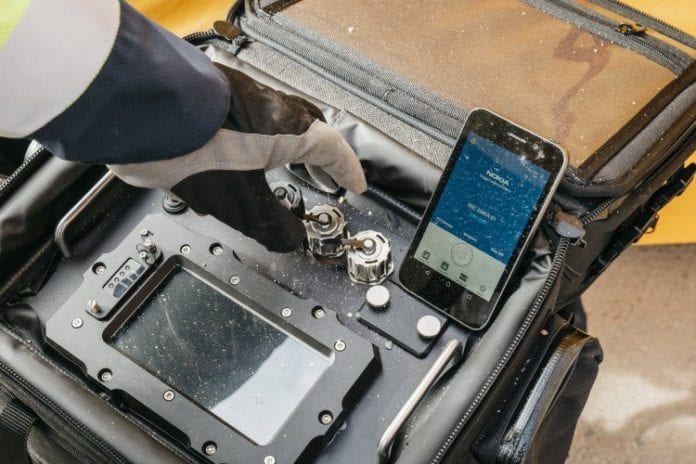We all know the frustration that comes with switching from one user interface to another as we move between devices. It takes a second or two to get oriented, but in a life-and-death situation, those extra seconds could make a difference. Nokia hopes public safety officials will recognize the value of consistent interfaces across multiple devices. The company said it is expanding its critical communications portfolio to enable continuity across a multi-vendor, multi-technology mission critical communications environment.
“The success of moving to broadband-based critical communications requires deep technological and operational expertise,” said Asad Rizvi, head of Nokia’s global business development in the company’s global services group, in a press release. The company said its new services will help public safety agencies rapidly take advantage of mission-critical broadband LTE.
Nokia’s new device software customization service is meant to help accelerate agency adoption of new Android-based devices for first responders. Nokia’s firmware includes user experience adaptations and enhancements for public safety operations, integrated into a familiar interface designed to provide vital information quickly and intuitively.
“We understand the need for smooth evolution, field-proven usability, assured reliability and performance with comprehensive security measures,” said Rizvi. “Leveraging our systems experience, technical expertise and in-house tools, these new services address agency specific requirements to help public safety agencies rapidly adopt and take advantage of the possibilities of mission critical broadband.”
Nokia’s service upgrade comes as AT&T is preparing to deploy public safety networks across the United States in partnership with FirstNet. AT&T has said it is working with Motorola and General Dynamics, but other vendors are expected to be involved. Nokia and its rival Ericsson both supported Rivada, a consortium that bid against AT&T for FirstNet’s business.

